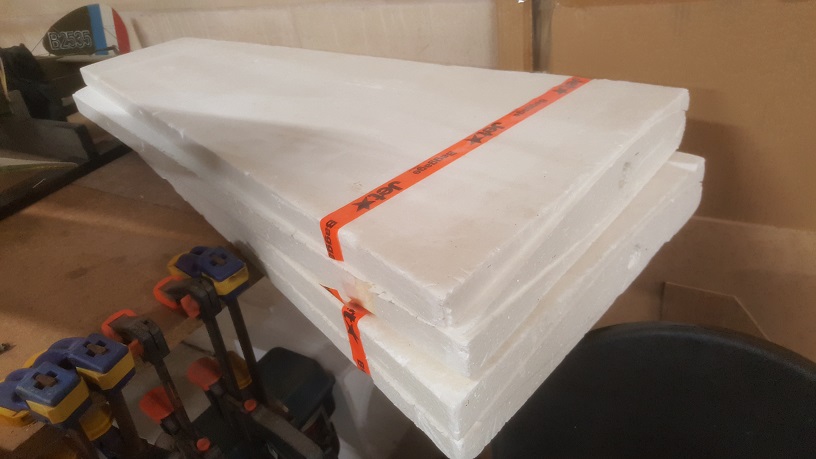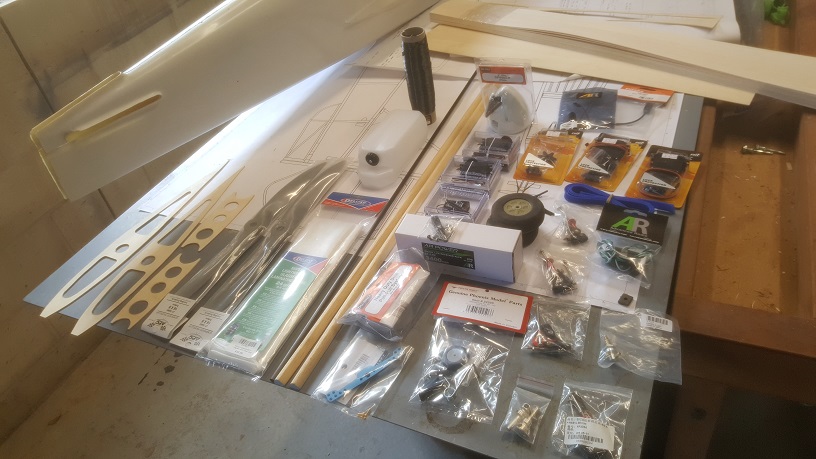With our myriad fans clamouring for more website posts, it’s time to show the masses what goes into building a flying model aircraft.
After asking around the club for a ready-to-fly, easy-going, 60 size sports model, I was handed the exact opposite: a fibreglass short kit for a 30cc IMAC stunt model. (IMAC is a competition class for more-or-less, mostly less, scale aerobatic aircraft).
But to be honest I wasn’t sorry – things like this don’t come your way every day, and a kit like this is pretty rare.
The model is a Laser 200 with a 2 metre wing span, and it comes from PBG Composites in New Zealand. It must have been stuck in a time capsule because they seem to have stopped making them at least 10 years ago.

Above – the real thing
Below – short kit – fibreglass fuselage and engine cowl, plans, undercarriage, neat carbon fibre wing joiner

Below – foam wing cores

The first question to ask of a nascent model is what sort of power plant it desires. These days electric motors are popular but not with me. A 30cc petrol motor would be the usual choice here, but a glow-plug motor is much lighter, smaller and simpler, so I picked up a second hand OS 1.20 to run a 16 x 8 prop.

And I’m glad I did because these are fantastically well sorted motors – amazingly compact with a power muffler that has a very neat attachment for changing its position.
Then there is all the other hardware and materials to purchase. A dozen sheets of balsa for wing skins, a sheet of 1.5mm ply, 10mm balsa, fibreglass cloth, engine mount…
Below – the stuff required: fuel tank, servo arms, servos, wheels, tail-wheel, control horns, spinner, propellers, wing leading edges, control hinges, battery, s-bus terminal, receiver…

…and now we’re ready to build.
